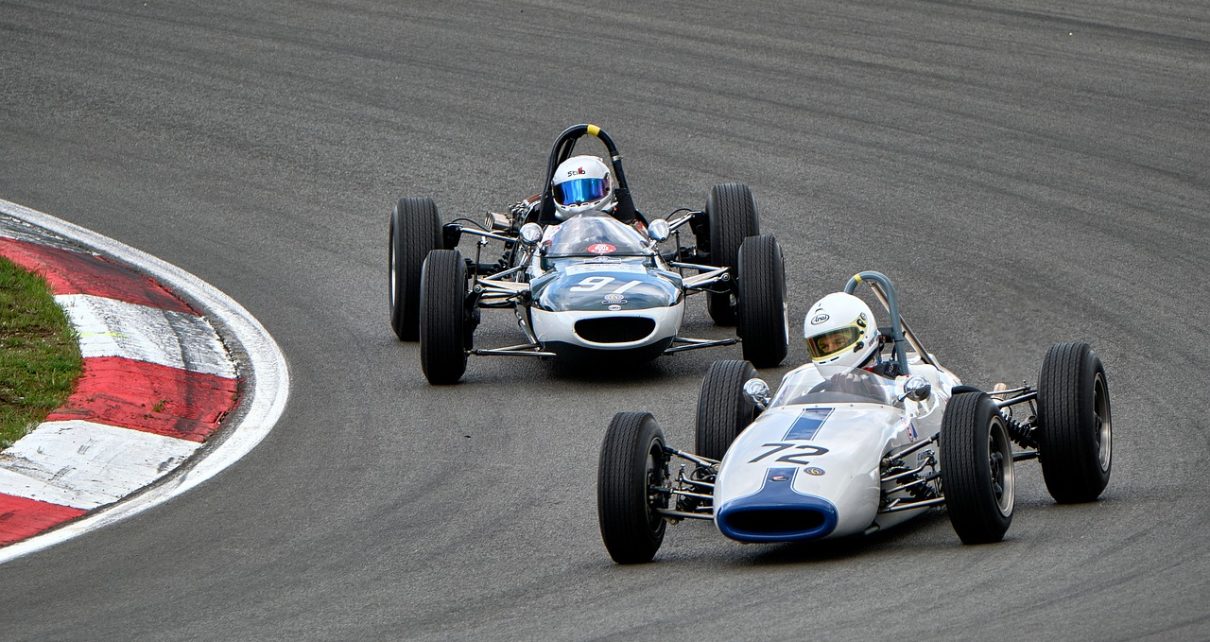
Ever since the first car came to be, automobile manufacturers and engineers wanted to put their money where their mouth is and try to show the best that the industry can put out; this is how F1 came to be. In over seventy years that Formula One has formally existed, a lot has changed, from the tubular cars that first roared down the tracks in 1950 to the well-known shape that we all recognize when we watch the race on Sunday. Here is how we came from one to the other.
The beginnings
The first idea that came across the minds of the engineers trying to find the best possible design for the F1 cars, was that of a bullet piercing the air – this is why you will find that all cars in the early days of the Formula One are shaped like a bullet with wheels. What is more, their motors were placed in the front, just like in most regular cars that you could find.
Moving to the rear

John Cooper performed something that could be characterized as a rather risky move, but which turned out to be a big success; somewhere at the end of the fifties, he moved the engine from the front part of the car and placed it behind the driver.
This move, although risky and bold, has proven to be extremely successful, so much so that the rest of the teams implemented the change.
It is around this time that the rear wing was introduced, to improve traction, and marked yet another essential step in the development that we can recognize looking back.
Aerodynamics
The seventies were all about aerodynamics, as it was foreshadowed almost a decade and a half before, with the rear wing. Suddenly, cars became very light and very fast, and it was noticed that a rear wing was no longer sufficient to improve traction of the wheels; the car had to be pushed more into the ground. This time, it was Colin Chapman that was on the forefront of radical changes with the Lotus 79 car, which was the first F1 car to use side skirts. Once installed, they would utilize the air flowing around the car for downward pressure, and allow the car to optimize the output of the engine without any bigger losses.

Turbo
A decade later, new technology meant more ways in which to improve the performance; using the air to push the car downward was simply not enough – it was time to push compressed air into the combustion chamber of the engine, for a bigger output. This is how turbo systems came to be standard equipment in F1 cars.
Safety
Formula One has definitely come a long way when safety is concerned, with the implementation of the halo. The halo is an anti-crash protection device that protects the head of the driver in the case of a crash, and is now standard equipment. Even though we may find F1 cars unfamiliar at first glance, we should all appreciate the thought and effort that went into making those cars what they are today – a pinnacle of automotive technology.
